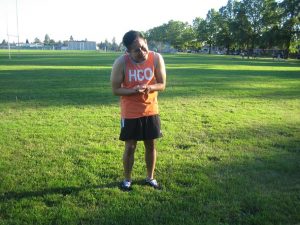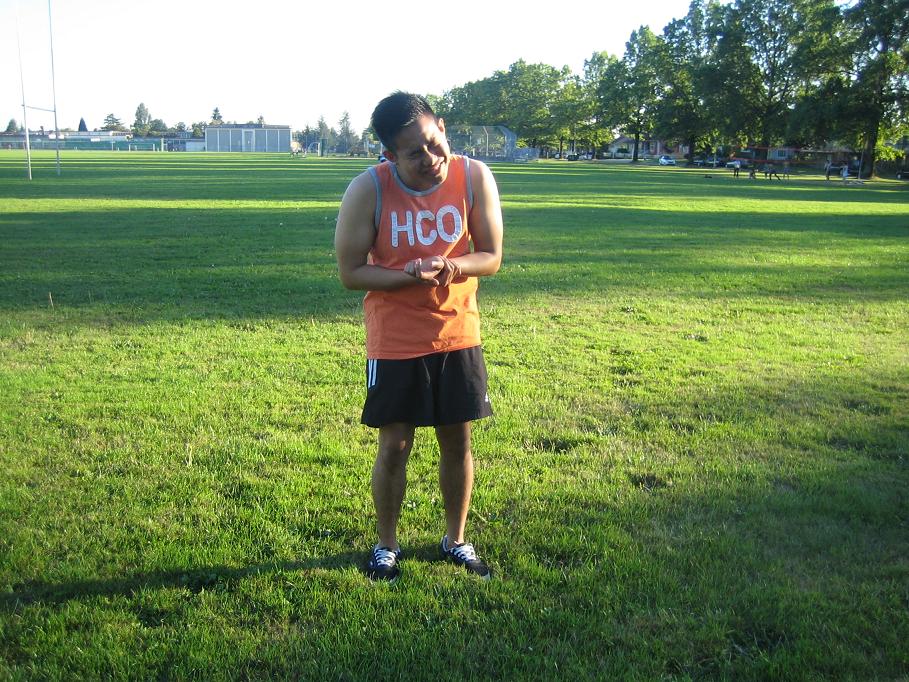Blood blisters are due to skin trauma such as forced pinching that result to a red, bump filled with fluid and pain when touched. When the outer layer or epidermis is damaged blood, blisters are formed. Fluid builds up under the damaged skin to provide support for the tissues below. The processes of fluid build up function as a protective cover for fast healing of the condition.
Blood blisters contain a collection of clear fluid called serum which is the blood that has no red blood cells and clotting agents. Blisters do not have any blood but sometimes they can be filled with blood due to inflammation or infection. It can happen in any part of the body that is injured or damaged usually in the hands and feet.
Causes of blood blisters

- Injury or torn skin
- Exposure of the skin to harsh chemicals
- Severe heat such as sunburn
- Underlying condition such as impetigo and chickenpox
- Rubbing of skin that is common among baseball pitchers
- A sharp tool causing tearing of the skin
- Frostbite
Symptoms
- Happens mostly in the hands or feet when the skin in these areas are cracked or injured.
- Due to infection, the blisters turn red with moderate swelling which looks like small lesions filled with fluid.
- Sometimes, the blisters contain yellow or green pus that cause severe pain
- Blisters heal in 3-7 days without treatment.
- Blisters that do not heal within 7 days require immediate treatment.
Treatment
- Eliminate any pressure and expose the blister in the air to allow it to heal naturally. It will stay intact and the risk of tearing or bursting and becoming infected are lessened.
- Apply an ice pack on the blister for at least 10-30 minutes at a time to lessen pain and inflammation.
- Avoid popping the blisters to prevent development of infection and delay the healing process. If blisters are in an area that normally rub against something such as the toe and heel, minimize pressure against the blister to prevent tearing or bursting. Use donut-shaped moleskin or felt pad to prevent further damage to the blisters. Position the blood blister in the center of the pad to lessen pressure and friction while it heals.
- Finger and feet with blood blisters should be covered with a loose bandage for protection against friction. Bandages lessen the pressure and friction placed on the blisters and reduces the chances of getting infected. Make sure that sterile dressing is used and should be changed regularly.
More Information
The details posted on this page on blood blisters is for learning purposes only. To learn to recognize and manage wounds including blood blisters, enroll in a first aid course with one of our training providers.
FACT CHECK
https://en.wikipedia.org/wiki/Blood_blister
